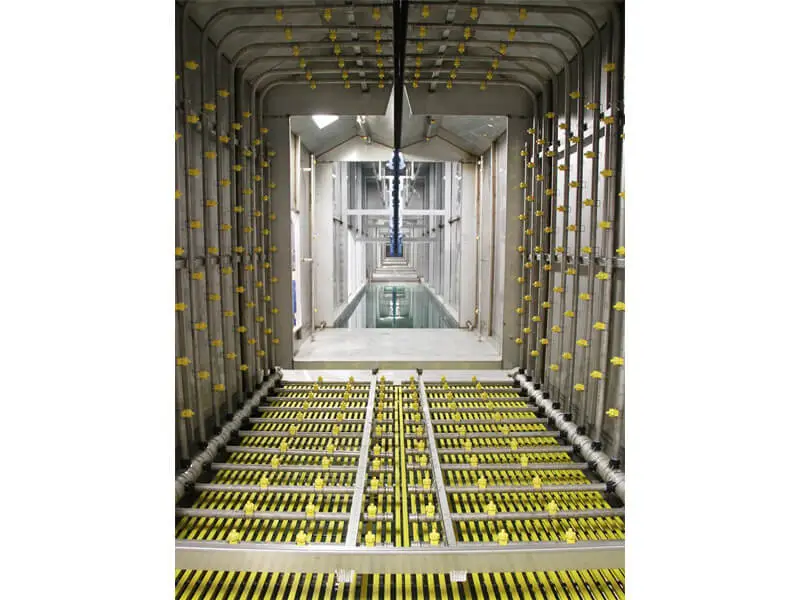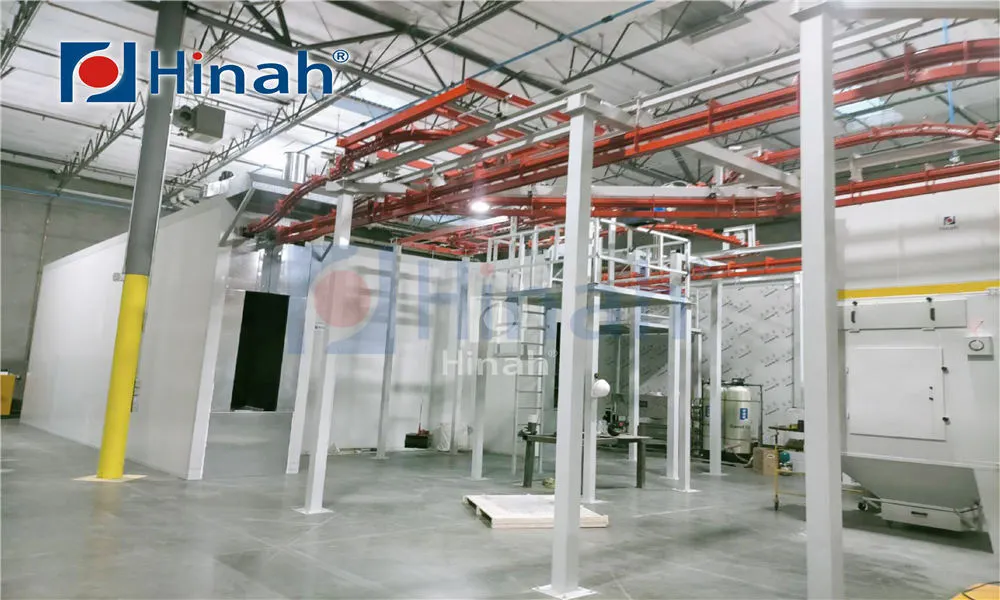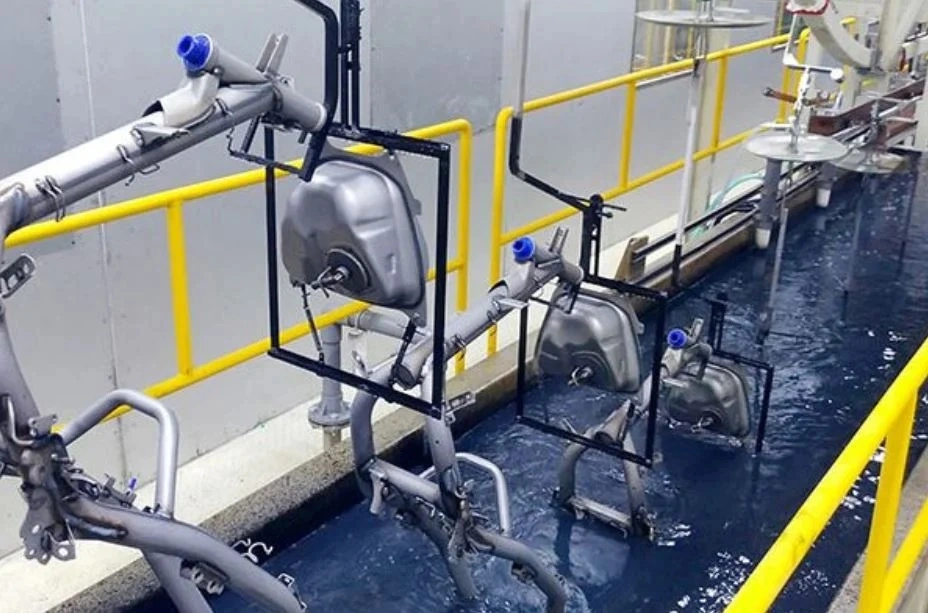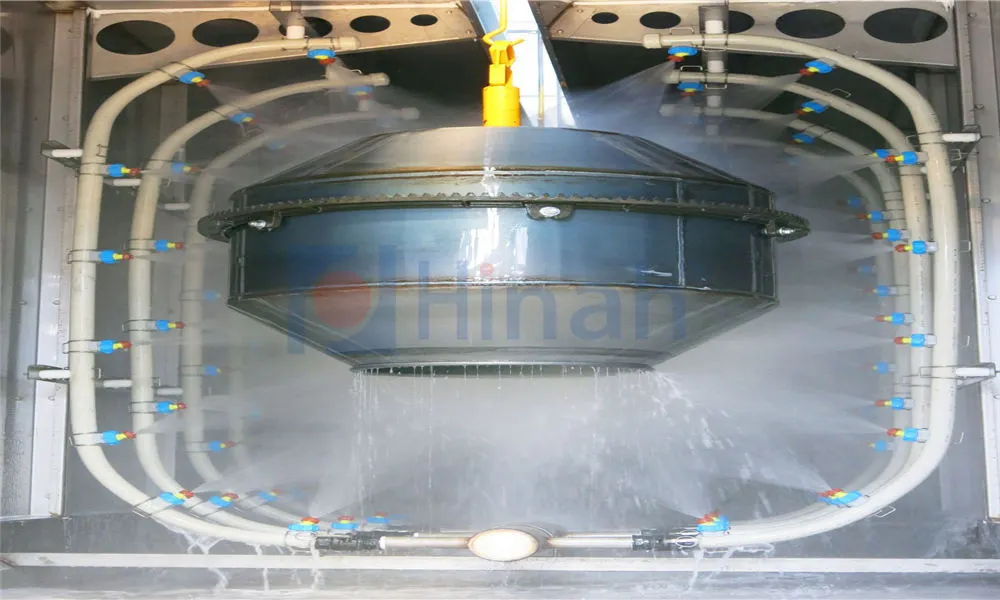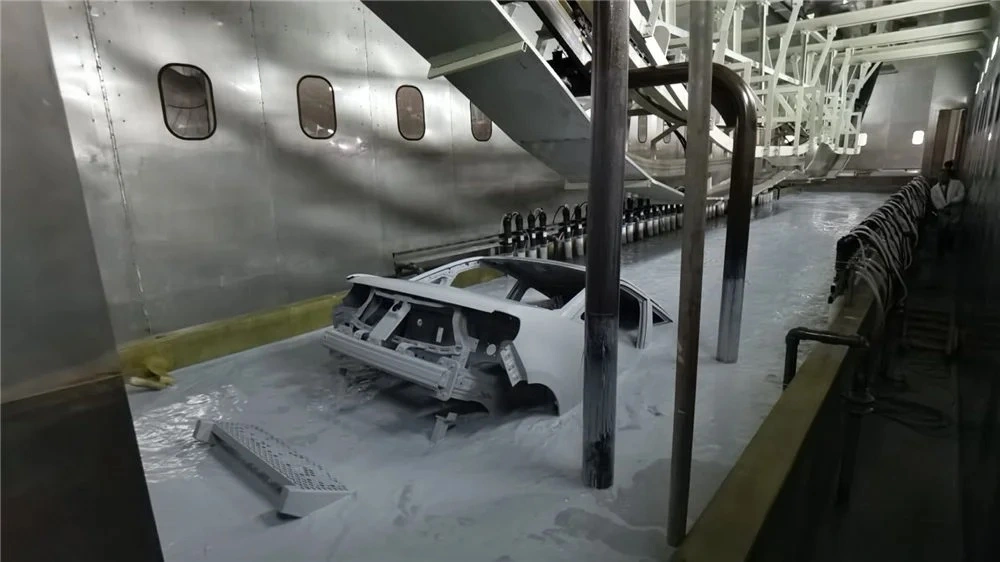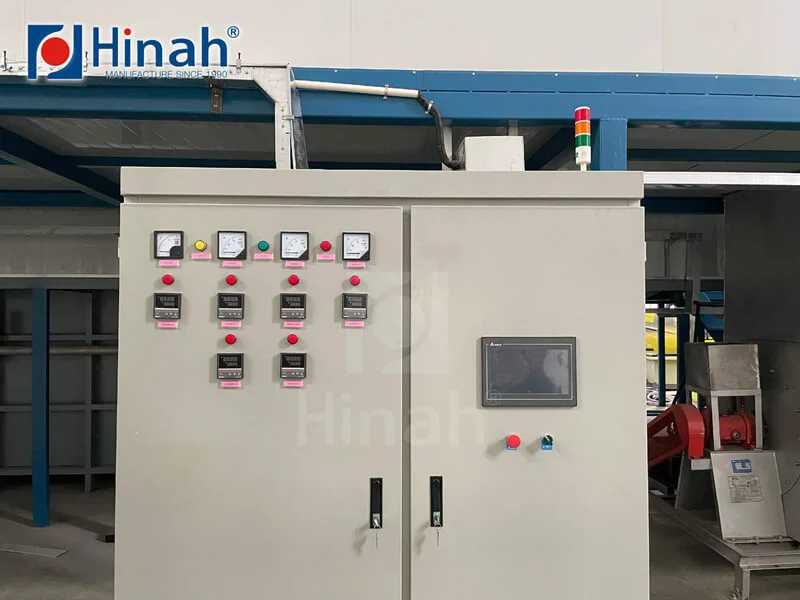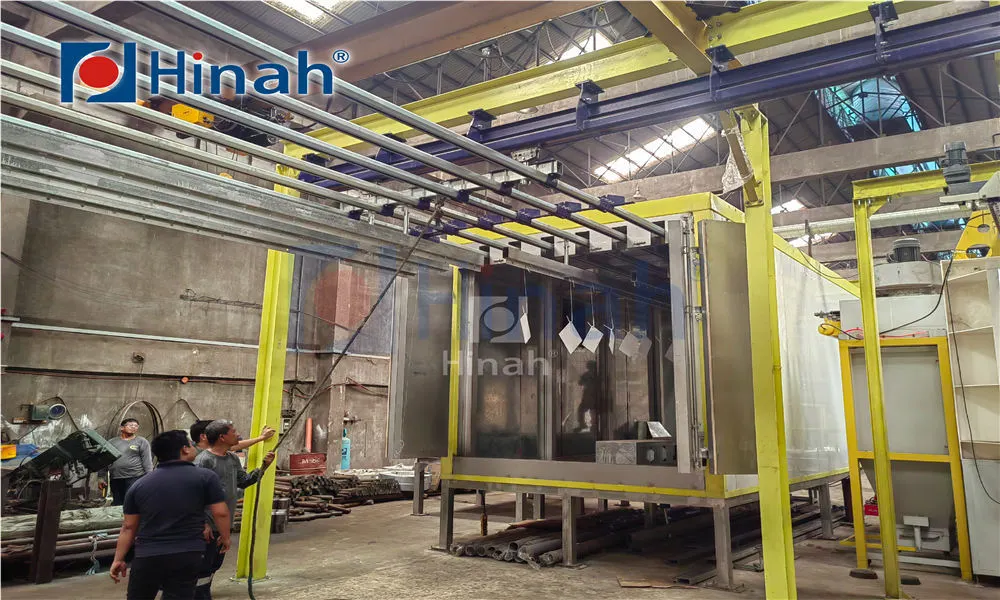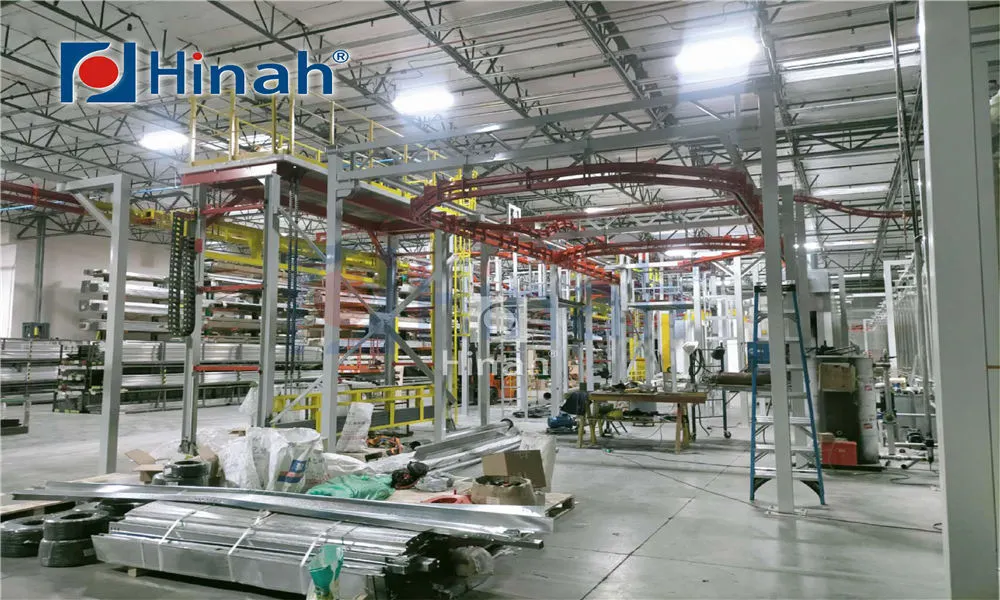In industrial manufacturing, the curing oven is an indispensable piece of equipment. It is designed to harden or cure materials through the application of heat, a process critical in industries ranging from automotive to aerospace. Whether it's setting powder coating on a bicycle frame or curing composite materials for an aircraft wing, the right oven is vital for product quality, efficiency, and overall operational success. For businesses in the market, understanding the landscape is crucial. This involves analyzing the curing oven price, knowing where to look for a reliable curing oven for sale, identifying a reputable curing oven manufacturer, and appreciating the specific design needs for applications like a curing oven for composites or a curing oven for powder coating. This article delves into these key areas and explores common challenges users face.
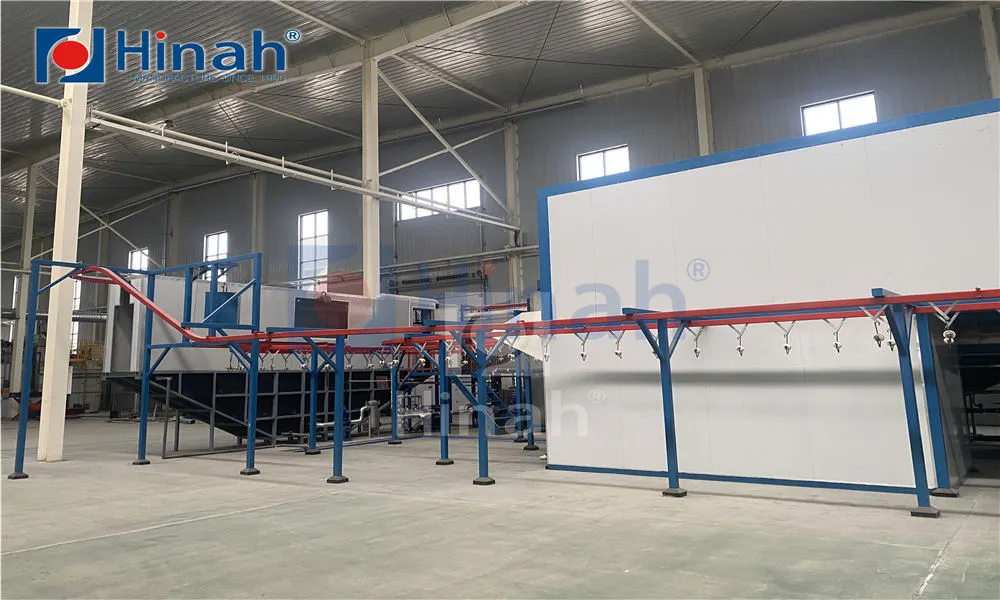
Understanding the Curing Oven and Its Industrial Importance
A curing oven is a thermal processing chamber used to trigger a chemical reaction in a material, known as curing. This process typically involves cross-linking polymer chains, which enhances the material's strength, durability, and resistance to environmental factors. The heat is applied consistently to ensure a uniform finish. The use of a curing oven spans numerous processes:
Powder Coating: Melting and flowing a dry powder into a smooth, durable coating.
Composites: Hardening resins in fiber-reinforced polymers used in high-strength, lightweight parts.
Adhesives and Sealants: Setting and strengthening bonded materials.
Printing: Drying and setting inks on various substrates.
The efficiency of this process directly impacts production speed, product quality, and energy consumption, making the choice of oven a significant business decision.
Breaking Down the Curing Oven Price
The curing oven price is not a single figure but a range determined by a confluence of factors. Understanding these can help you budget effectively and find the best value for your investment.
Key Factors Influencing Cost:
Size and Capacity: Larger ovens with bigger workload capacities require more materials, more powerful heating systems, and larger structures, driving the price up significantly.
Heating Technology: The choice between electric, gas, infrared (IR), or UV curing affects both initial cost and long-term operational expenses. Electric ovens are common and precise, while gas ovens often have lower operating costs. IR ovens offer rapid curing times but can have a higher upfront curing oven price.
Temperature Range and Uniformity: Ovens designed to reach very high temperatures (e.g., above 500°F / 260°C) or maintain extreme temperature uniformity (±5°F or better) require more sophisticated insulation, airflow systems (CFM of fans), and controls, increasing the cost.
Control Systems: Basic manual controls are the most affordable. Programmable Logic Controllers (PLCs) with touchscreen interfaces and data logging capabilities add cost but provide crucial repeatability, traceability, and ease of use.
Customization vs. Standard Models: A standard, off-the-shelf curing oven for sale will be more affordable. Any customization—such as specific door configurations, conveyor types (e.g., overhead monorail, belt conveyor), or unique interior dimensions—will increase the price.
Regulatory Compliance: Features required to meet specific safety (OSHA, NFPA), electrical (CE, UL), or environmental regulations can add to the engineering and manufacturing cost.
A small, standard electric batch oven might start at a few thousand dollars, while a large, fully customized continuous processing curing oven for composites with advanced controls can run into the hundreds of thousands.
Where to Find a Quality Curing Oven for Sale
Finding the right curing oven for sale requires knowing where to look and what to prioritize beyond the initial price tag.
Primary Sources:
Original Equipment Manufacturers (OEMs): Buying directly from a curing oven manufacturer is often the best route for a new, application-specific solution. They provide expert advice, custom engineering, warranties, and service support. This is highly recommended for specialized needs like a curing oven for composites.
Industrial Equipment Distributors: These companies often sell new ovens from various manufacturers and can provide options, though they may lack deep technical expertise for highly specific applications.
Used and Surplus Equipment Dealers: The used market can offer substantial savings on a curing oven price. This can be a good option for standard processes like powder coating where technology is stable. However, buyers must carefully inspect the equipment for wear, verify its temperature performance, and understand that warranties are often limited or non-existent.
Online Marketplaces: Sites like eBay, Craigslist, and dedicated industrial surplus sites list used ovens. Due diligence is critical here to avoid misrepresented equipment.
Evaluation Tips: When assessing any curing oven for sale, always consider its condition, service history, compatibility with your facility's utilities (power, gas), and the availability of replacement parts.
Choosing a Reputable Curing Oven Manufacturer
Your choice of curing oven manufacturer will profoundly impact the performance, longevity, and reliability of your equipment. A good manufacturer is a partner, not just a vendor.
What to Look For:
Experience and Expertise: Seek a manufacturer with a proven track record in your specific industry, whether it's designing a robust curing oven for powder coating or a high-temperature curing oven for composites.
Engineering Support: They should offer strong application engineering to help design an oven that meets your precise process requirements, rather than just selling a standard box.
Quality of Construction: Inquire about materials (e.g., aluminized steel, stainless steel interior panels), insulation quality, fan technology, and welding standards.
Testing and Certification: Ensure the company builds ovens to relevant safety and performance standards and can provide necessary certifications.
After-Sales Service and Support: A reliable manufacturer will offer comprehensive support, including installation, training, preventive maintenance, and a readily available supply of spare parts.
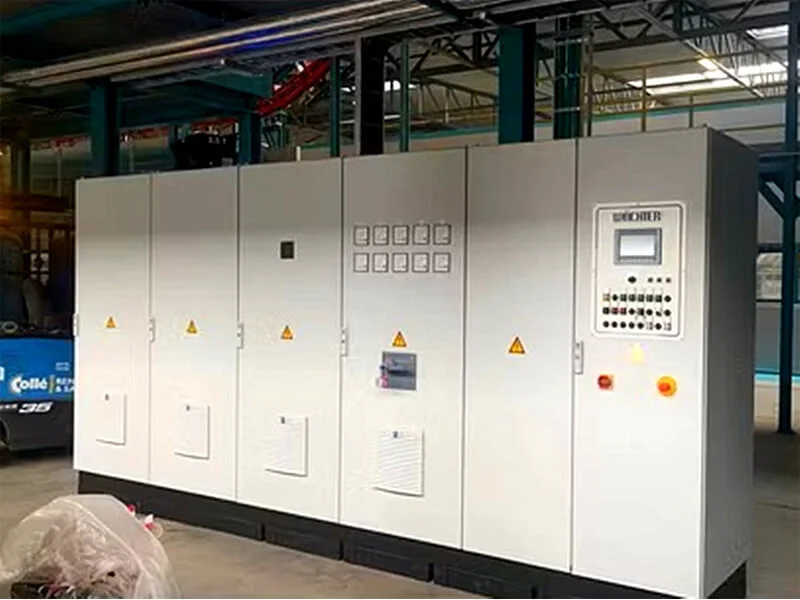
Specialized Applications: Curing Oven for Composites
The requirements for a curing oven for composites are particularly stringent. The curing of epoxy, polyester, or vinyl ester resins in carbon fiber or fiberglass parts is a critical step that defines the final part's mechanical properties.
Key Features:
High Temperature Uniformity: Even slight temperature variations can create weak spots or distortions in the composite part. Airflow design is paramount.
Programmable Controllers: Complex cure cycles with precise ramp-up, dwell, and cool-down stages are mandatory to follow the resin manufacturer's specifications exactly.
Ventilation: Proper exhaust is needed to remove volatile organic compounds (VOCs) released during the curing process.
Construction: Often rated for higher temperatures than a standard powder coating oven. The interior must be easy to clean and resistant to chemical exposure.
Specialized Applications: Curing Oven for Powder Coating
A curing oven for powder coating is the most common type found in many manufacturing and job shop settings. The process involves melting the applied powder into a continuous film and then triggering the cross-linking reaction to create a tough finish.
Key Features:
Efficient Airflow: Proper circulation is needed to prevent "orange peel" texture and ensure the cure is achieved even on complex geometries.
Temperature Accuracy: Typically operating between 300°F and 450°F (150°C - 230°C), the oven must maintain the part at the exact required temperature for the exact required time.
Energy Efficiency: As powder coating lines often run continuously, a low curing oven price is less important than low operating costs. Well-insulated ovens with efficient burners or heating elements save money over time.
Type: Can be batch (walk-in) ovens for large or low-volume parts or continuous (conveyor) ovens for high-volume production.
Common Problems with Curing Ovens and How to Solve Them
Even the best equipment can encounter issues. Being aware of common problems can help you troubleshoot and maintain your oven effectively.
Temperature Non-Uniformity (Hot/Cold Spots):
Cause: Failed heating elements, malfunctioning fans, blocked airflow due to poor loading, or failing insulation.
Solution: Regularly calibrate temperature sensors. Use a calibrated oven profiler to map the temperature inside the oven. Check fans for proper operation and ensure drains are not blocked.
Inadequate Curing:
Cause: The oven temperature is too low, the dwell time is too short, or the oven is overloaded, preventing parts from reaching the required temperature.
Solution: Verify the oven's setpoint with an independent thermometer. Review the cure schedule for the material. Ensure the production rate matches the oven's capacity.
High Energy Consumption:
Cause: Poor insulation, air leaks around doors, inefficient heating technology, or excessive exhaust.
Solution: Conduct an energy audit. Seal door leaks with new gaskets. Ensure insulation is intact. Consider upgrading to more efficient heating elements or burners.
Contamination of Parts:
Cause: Dirty interior, flaking insulation, or contaminated airflow (e.g., from a dirty burner).
Solution: Establish a regular cleaning schedule. Inspect and replace interior insulation if it is deteriorating. Ensure make-up air is filtered.
Mechanical Failures (Conveyors, Fans):
Cause: Normal wear and tear, lack of lubrication, or overloading.
Solution: Implement a preventive maintenance program that includes regular inspection and lubrication of all moving parts.
Investing in a curing oven is a significant decision that hinges on a clear understanding of your process needs, budget, and long-term operational goals. The curing oven price is a complex equation of size, technology, and features. Finding the right curing oven for sale involves sourcing from reputable channels, with a strong preference for an experienced curing oven manufacturer who can provide technical support. This is especially true for specialized applications like a curing oven for composites, where precision is non-negotiable, or a high-throughput curing oven for powder coating, where efficiency dictates profitability. By being aware of common operational problems and adhering to a strict maintenance schedule, you can ensure your oven delivers consistent, high-quality results for years to come, maximizing your return on investment.


